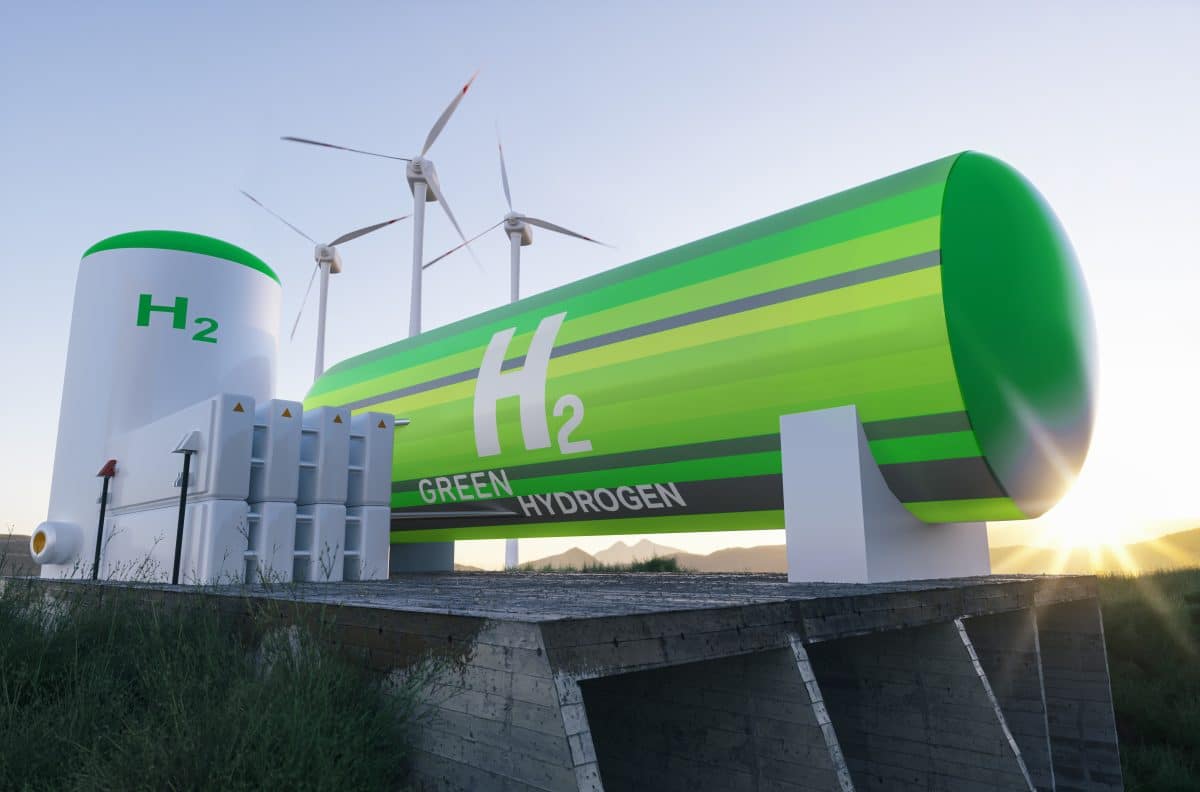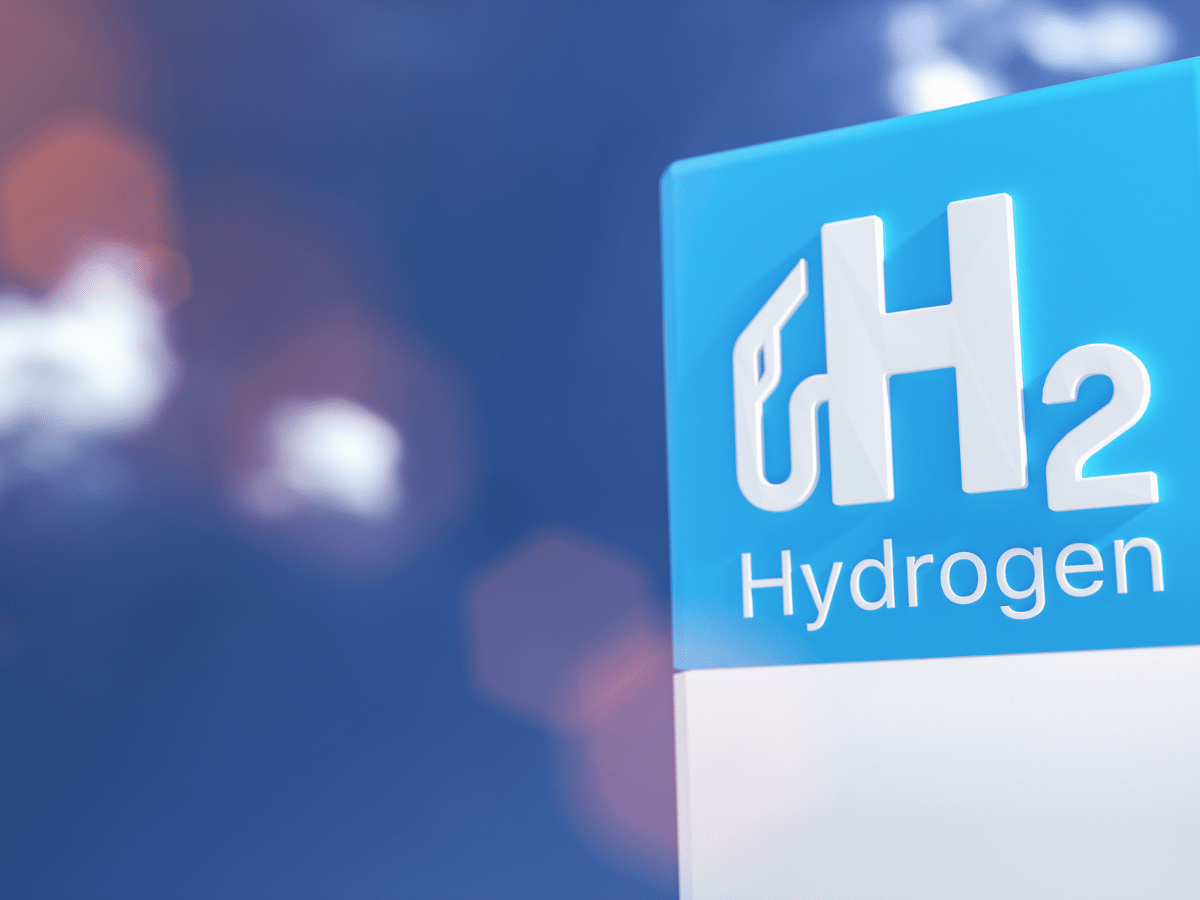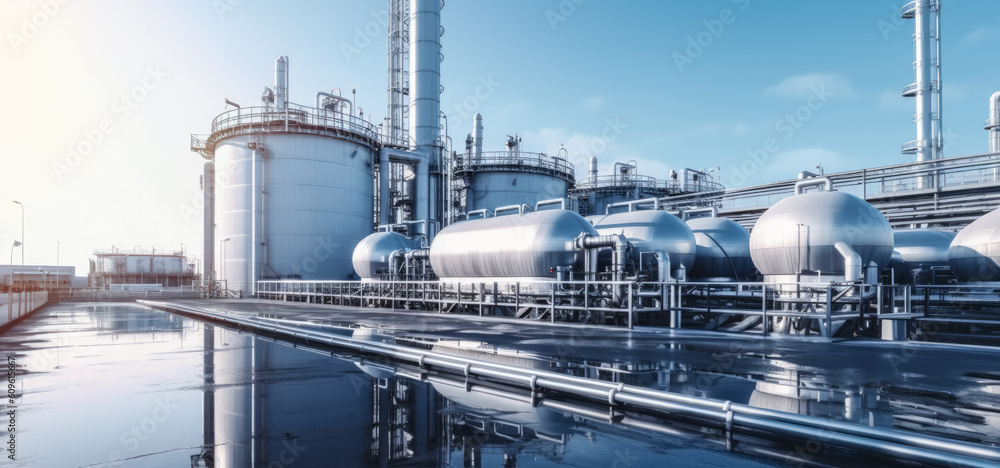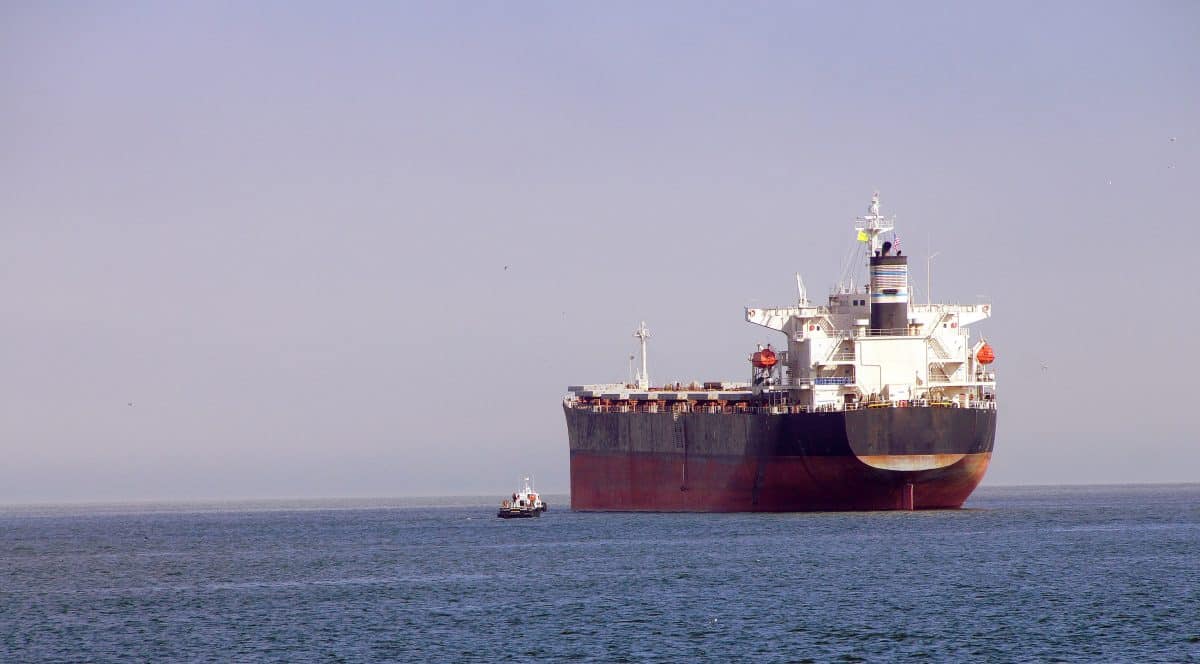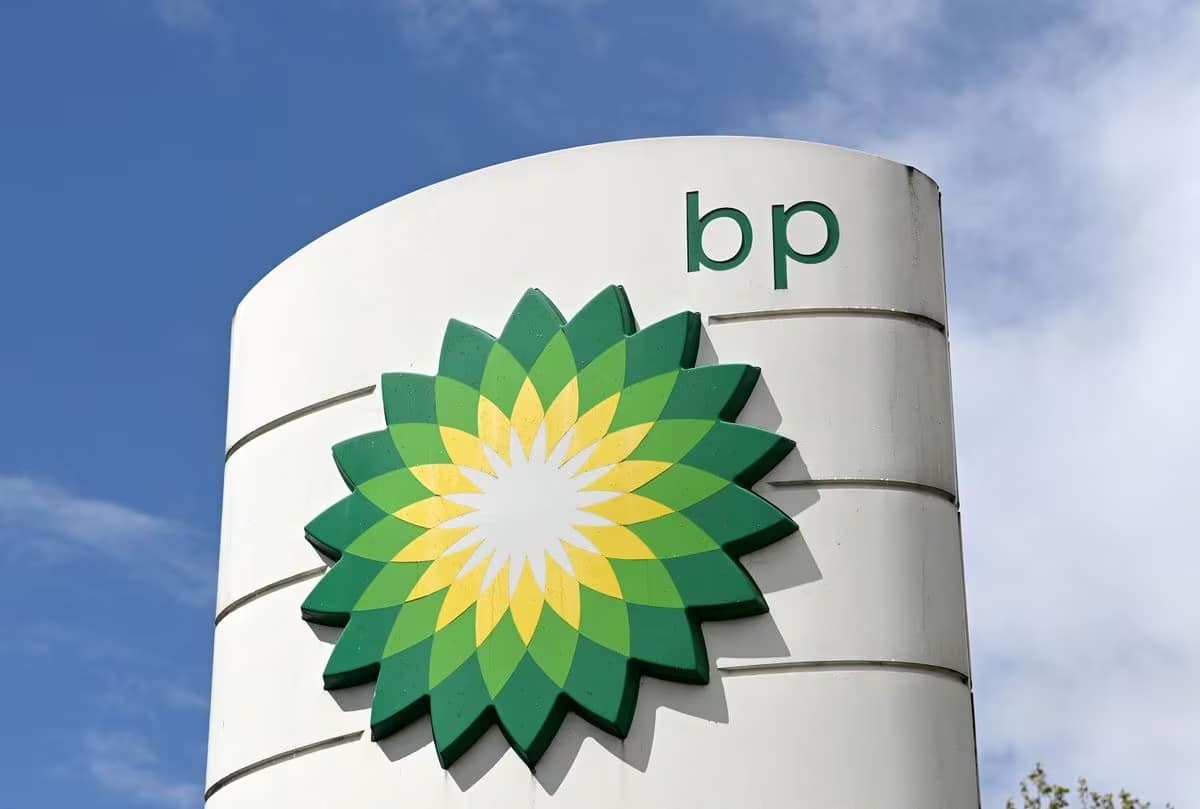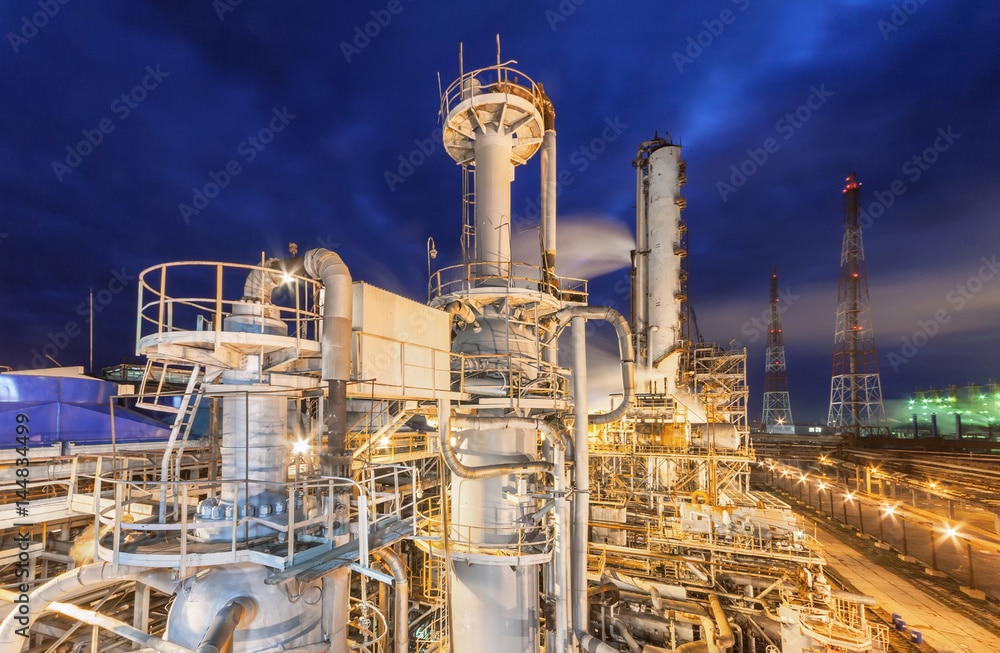The UK oil company’s future as a standalone entity is bleak.
In the spring of 1998, with oil hovering near $10 a barrel, BP Plc reached a dismal conclusion: Its future as a standalone company was grim. So John Browne, its chief executive officer at the time, rang the chairman of US rival Amoco and proposed a merger. The deal, announced in August of that year, triggered a flurry of M&A activity that created the current Big Oil mob.
Today, BP is at a similar juncture. Its future alone is bleak. Investors have lost faith in its strategy, its management and its board. Even sell-side analysts, typically deferential to the companies they cover, are out for blood: Take the headline of a recent report by veteran analyst Paul Sankey that read “BP Results: Beat? Miss? Who Cares, Fire the Board.”
History doesn’t repeat, but it rhymes. BP Chairman Helge Lund needs to pick up the phone and seek a deal — effectively putting the company up for sale. If he plays it well, the oil major may get to call the resulting transaction a “merger of equals.” So who can he phone? Shell Plc, of course. Moreover, the UK government should encourage such a deal with the aim of keeping a Shell-BP company British and still listed in London.
BP executives may be pinning their hopes that a strategic update, scheduled for February, will revive the company’s fortunes. Lund was in the US last month sounding out institutional investors; my understanding is that they denounced the current strategy. In 2020, BP made a bet: oil demand had peaked, and the future was about reducing fossil fuel output and investing an ever-larger share of its budget in green electricity, primarily wind and solar power. Since then, the company has rowed back on its green strategy, but investors are demanding it refocus on its traditional strengths — oil and gas.
The damage to BP in recent years has been enormous. At about $75 billion, BP’s market valuation is a shadow of its previous might. In 2006, the company was worth $250 billion; even in 1998, before the merger with Amoco, it was worth $80 billion. Its stock-market performance has been horrid. BP is among the top-10 worst performers on the FTSE 100 blue chip index in the past 12 months. It doesn’t look prettier if one looks further afield — in the past five years, its shares are down 20%, compared with gains for its rivals of 10% to 70%. BP’s stock would be even lower if investors weren’t anticipating either an activist emerging or an M&A deal. But those opportunistic hedge fund bets won’t last for ever.
To be sure, the company is far from a basket case. Its Gulf of Mexico business is second to none and its trading capabilities are legendary. But it’s also carrying a lot of underperforming divisions, while its Russian business is so toxic that it’s impossible to value.
Importantly, BP is probably worth more as the sum of its parts than as a whole, offering an opportunity for any buyer to hang on to the assets it wants, and sell the rest: Private equity firms and sovereign wealth funds would be eager buyers of whatever a potential purchaser was willing to dispose of.
If the BP chairman did make the call, Shell CEO Wael Sawan should pick up the phone. The numbers would stack up even after paying a typical 30% premium. Synergies alone would generate billions of dollars of savings; when analysts at Barclays Plc did the sums on a fantasy BP-Shell merger, they came up with $7.5 billion in annual operating cost savings and a $5 billion reduction in capital expenditure, suggesting the transaction would pay for itself in a few short years.
Moreover, buying BP would resolve key problems for Shell; how to sustain growth after 2030, and how to add exposure to the US. Shell executives have made some very good decisions in recent years; abandoning the American shale sector wasn’t one of them. The main obstacle to a deal? Shell is currently focusing on a business revamp that won’t be completed until mid-2026, so a transaction with BP now would be earlier than the company would wish. The thing about M&A, though is that it happens when it’s possible, not when the time is ideal.
While some are willing to give the board the benefit of the doubt for the next few months, I doubt BP can change direction to their satisfaction. My skepticism is compounded by the board’s selection of Murray Auchincloss, one of the architects of the current strategy, as its chief executive. If the board wanted a U-turn, it should have chosen a different leader in January.
There are other options. BP could try to entice TotalEnergies SE into a merger of equals of sorts, but the idea of a French-British — with emphasis on that particular order of nationalities — oil company seems farfetched. The UK government might not be so keen on a foreign takeover. I also worry that buying BP would burden Total’s balance sheet too much, particularly if oil and gas prices remain at current levels.
In the absence of a European deal, BP might be attractive to US oil giant-in-waiting ConocoPhillips. Conoco has a market value of $135 billion, making it almost double the size of BP. It’s expanding in liquefied natural gas, and BP could turbocharge that business; it would also deliver a fantastic trading business to Conoco, along with production in the Gulf of Mexico, where the US-based company isn’t currently present. But Conoco would have to dispose of way too many other assets, starting with the downstream operations; the company has spent more than a decade focusing entirely on pumping oil and gas, rather than refining it and selling it to costumers.
There’s another US option: tapping Warren Buffett’s riches via a deal with Occidental Petroleum Corp. Adding Occidental’s shale operations to BP’s best assets could work; though, here again, the British government might object to BP relocating to America.
Finally, BP could seek a Middle Eastern strategic investor – the state-owned oil companies of Abu Dhabi and Kuwait come to mind. In the late 1980s the Kuwaitis bought more than a fifth of BP, although later London intervened and forced the Middle Eastern nation to sell a chunk. With that history, a deal may be complicated — but state-controlled firms are keen to expand into trading and LNG. Moreover, if new shareholders force a change of strategic direction, they’ll benefit from any resulting rally in BP shares.
Considering BP’s disastrous performance in recent years, the board should be considering all options. To my mind, putting itself up for sale would be a sensible move — and the sooner the better.
By: Javier Blas, Bloomberg / December 8, 2024

